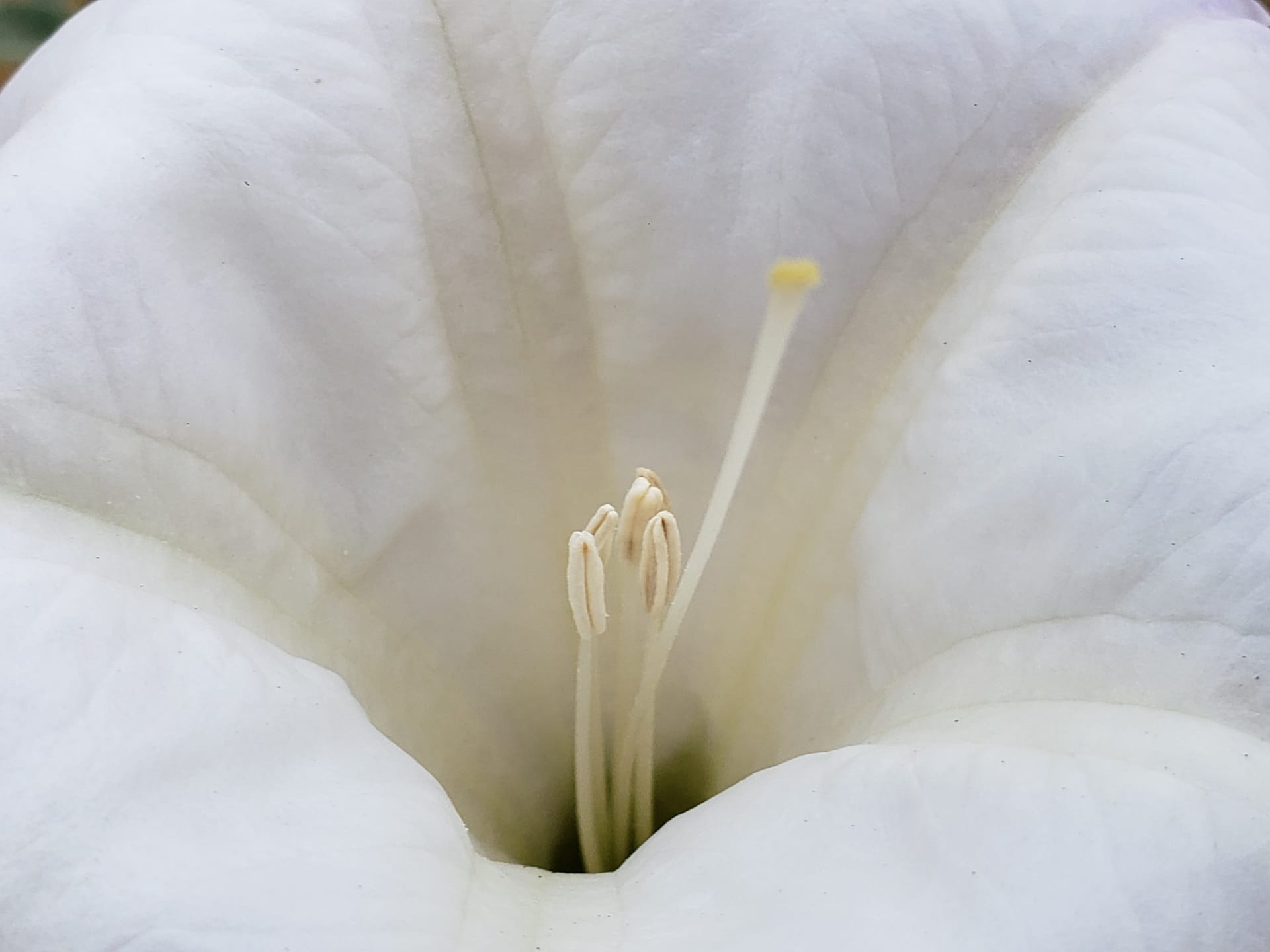

All plants expend enormous energy during the production of their flowers. Why? Because it will depend, not only that another generation may exist, but also the very survival of each of the species that inhabit the planet. Some are simpler than others, but most of them have a structure known as stamen.
This is part of the male floral organs, and is the main responsible (along with the wind) that in the environment, especially during spring, there are large concentrations of pollen.
What is the yarn and what are its parts?
A stamen It is a kind of long strand that protrudes from the very center of the flower that carries the pollen sac in which the pollen grains are produced.. The set of stamens is called androecium, and is part of the male reproductive system of plants, both of the gymnosperms (They are those that do not protect their seeds, such as conifers or ferns) such as angiosperms (They are the ones that do protect the seeds, and also tend to have very showy flowers, such as bulbous or the vast majority of trees).
Its parts are as follows:
- Filament: it is a small stem that supports the anther. It can be laminar or divided, depending on the plant family.
- Teak: teak are the two halves that the anther is divided. Usually each contains two sacs in which pollen is produced.
- Connective: it is a part of sterile tissue that holds the teak together and forms a body with them.
- Pollen sac: also called sporangium, it is a structure in which pollen is produced.
How is the stamen of angiosperms different from that of gymnosperms?
Its morphology changes a bit depending on the type of plant it is:
Angiosperms


The stamen is either an anther embedded in a sheet, or it can be attached to the receptacle through a filament. In the latter case, the portion of the tissue that cements its two teak, holding them together, is known as connective, which is poorly developed in some primitive plants, leaving the teak very visible.
Gymnosperms


Image – class2005
These plants have scale-like stamensat the base of which we find the pollen sacs.
What types of yarn are there?
There are two types:
Connate stamens
They are those that are fused in the same spiral:
- Diadephs: they are fused into two androic structures, but not completely.
- Mondelphs: they are fused into a single composite structure.
- Polyadelfos: they are fused into various androic structures.
- synantheria: they are the ones that only have fused anthers.
Adnate stamens
These stamens are the ones that are united in more than one spiral:
- Enlarged: there are two pairs of stamens of different lengths.
- Epipetals: arise from the corolla.
- Exerts: are those that exceed the corolla.
- Inserts: unlike the previous one, these do not exceed the corolla.
- Bulging: they are those that are very long, lengthening beyond the corolla.
- Tetradynamos: arise as a group of six, in which two are shorter than the rest.
What is the function of the yarn?


Without stamens, only the plants that could be multiplied by cuttings, suckers or stolons would exist. In other words, the world would be very different from the one we know. But, what function or functions do they fulfill exactly?
Attract pollinators
Sometimes, a stamen becomes a structure that serves to attract the attention of potential pollinatorslike the petals. But it is difficult to identify, since it goes unnoticed; We can even find that it has pollen sacks at its base.
Produces pollen
The pollen is a grain produced in the stamen that contains the genetic information of a fertile adult plant. Once it reaches a female flower, it fertilizes the ovary and the seed begins to mature, which will grow unprotected in the case of gymnosperms, or with a more or less thin and resistant ‘shell’ in the case of angiosperms.
Produces nectar
When this happens, instead of being called stamen, it is called staminal nectaries. But what is nectar? It is a liquid solution rich in sugars, amino acids, mineral ions and substances that give it a certain aroma.. Many animals love it, something that plants take advantage of to get them to visit the flowers and pollinate them.
Although yes, we should not be confused: before the appearance of the animals, they already produced nectar. In fact, it is known that when the leaves are growing rapidly, they require more sap than when they mature. For this reason, there are many that have nectar-producing glands in non-reproductive parts, such as the leaves.
As we have seen, the stamen is an apparently simple structure, but without which pollination could not occur. That is why it is so important.
We hope that what you have learned about him has been useful to you . If you have been wanting to know more, this may interest you:


Related article:
What are the parts, characteristics and function of a flower?

